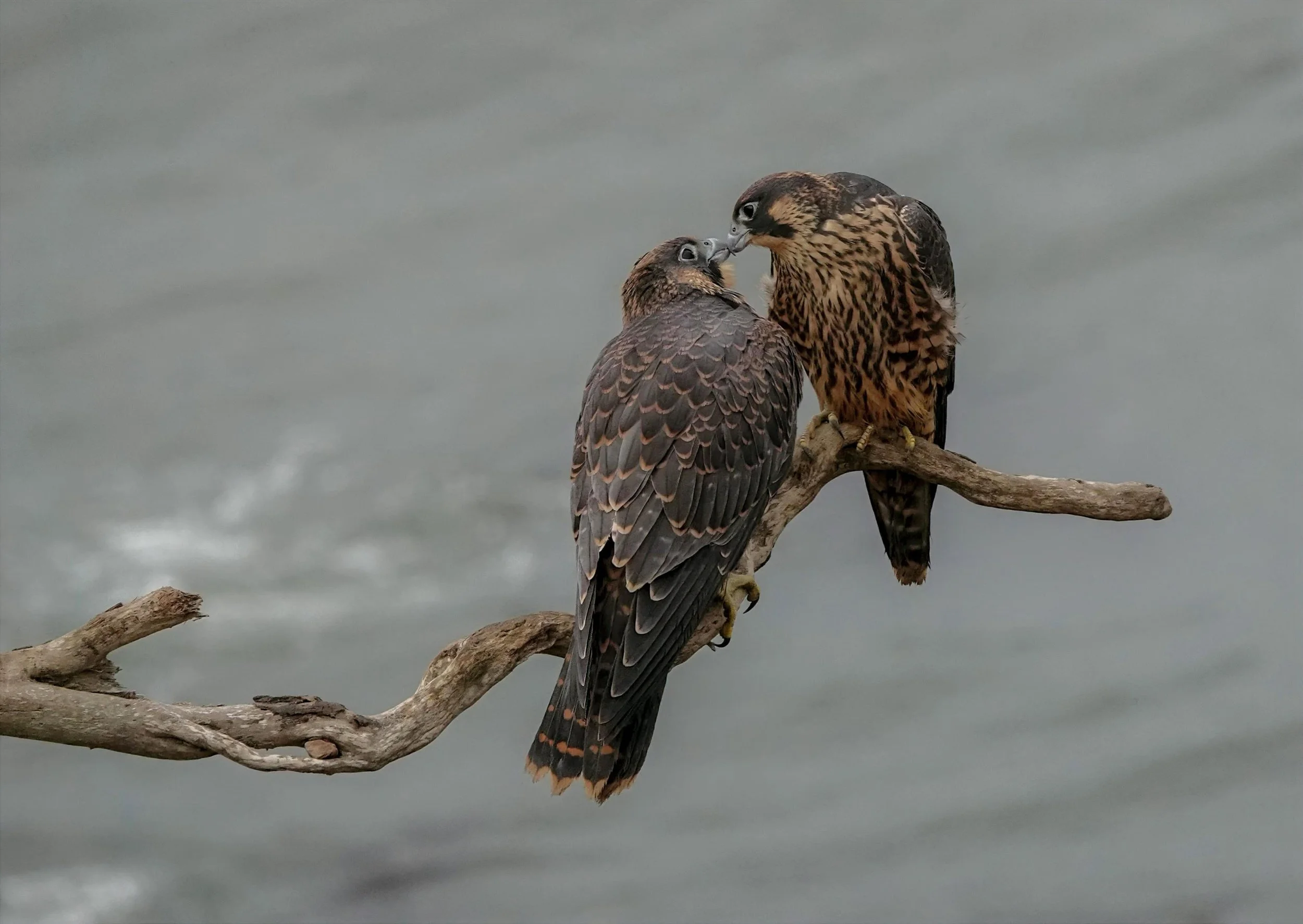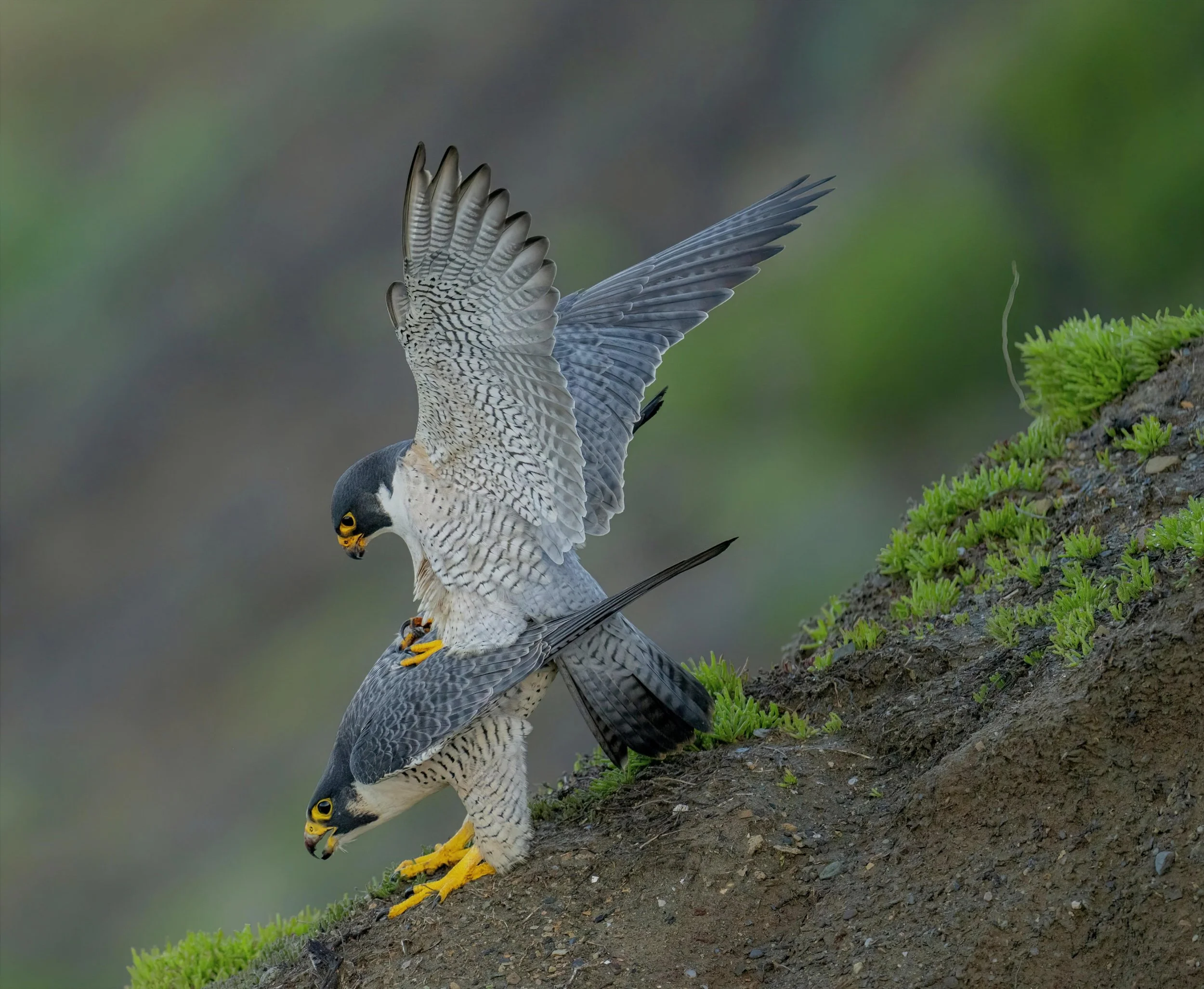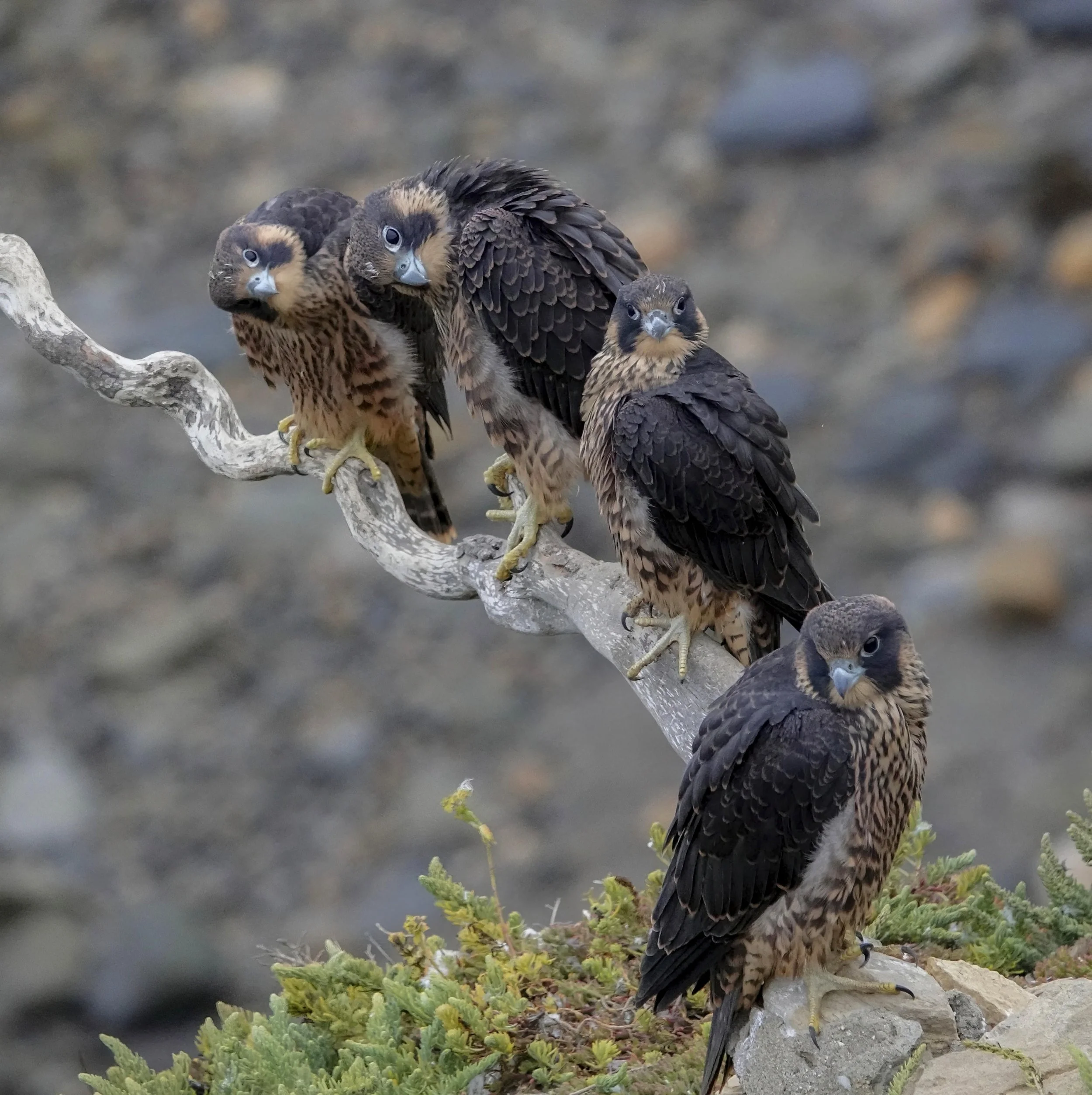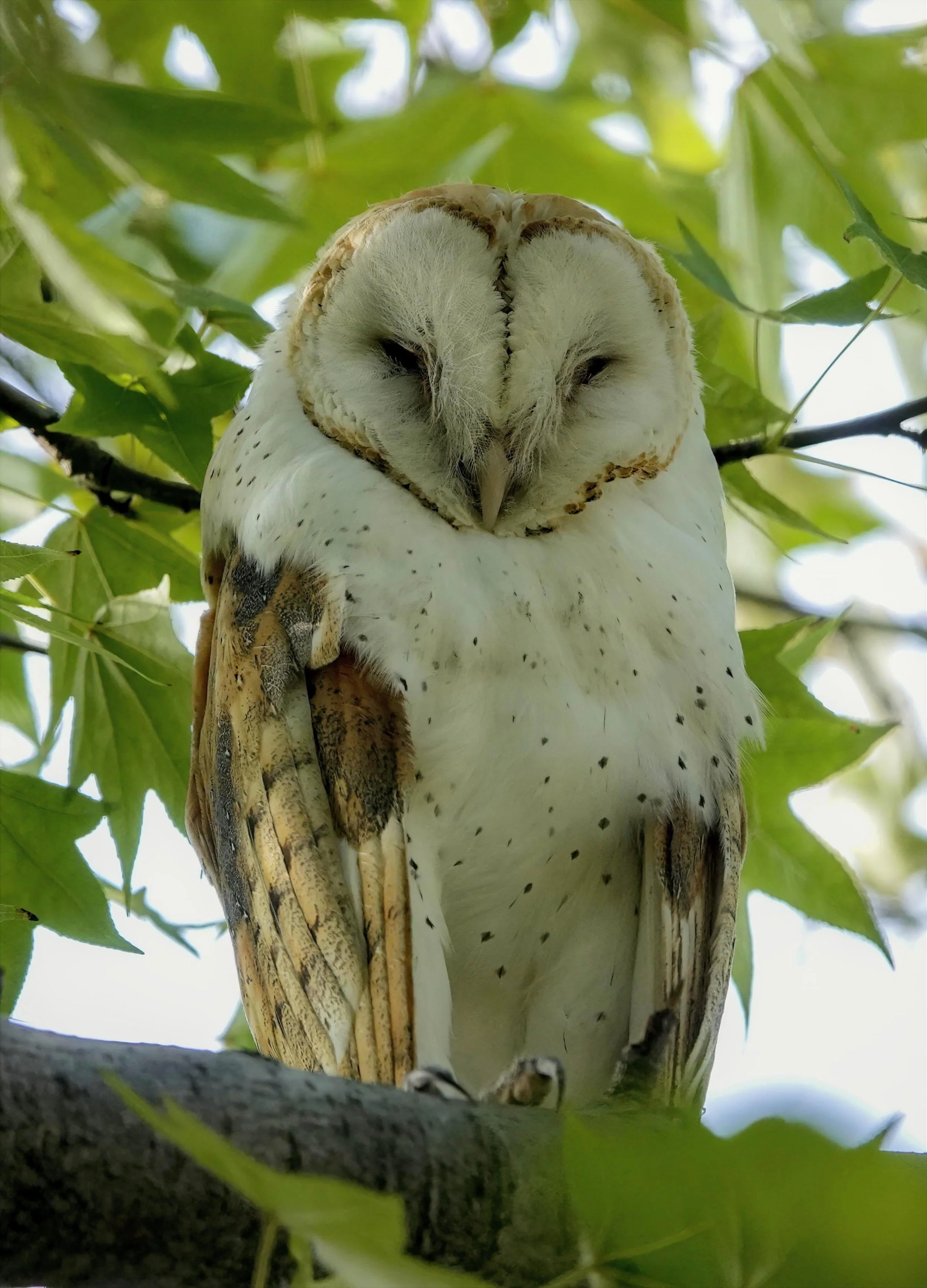Keith Willis Captures Moments With Birds of Prey By Writer and Contributor Emily McGinn
When Keith Willis moved to Southern California from England, he could not work his day job in accounting and finance as he waited for his paperwork to go through. However, the months-long delay turned out to be a fortuitous adventure for Willis when he bought a cheap camera and began to experiment with photography.
Willis began to take photographs around the South Bay, snapping shots of sunsets, the lighthouse and other landscapes. Eventually, he began to expand his reach, heading to spots like Point Fermin in San Pedro and down to places like Bolsa Chica Wetlands Wildlife Reserve in Huntington Beach.
As he gained photography skills through experimentation, he came upon his specialty: wildlife photography.
Looking at Willis’s work, one can see that he has a defined niche, focusing almost entirely on birds of prey. His Facebook page is full of shots of local peregrine falcons, red-tailed hawks and even the beloved bald eagle.
Willis’s favorite subject is the peregrine falcon. He photographs them throughout the year, starting with the mating season in the winter and early spring.
“That's a great time for photography, naturally,” Willis says. “Then afterwards, once the juveniles are born in May, June and July before they fly off, you see the young ones as well. So I think that period in between January to July with the peregrine falcons is probably by far my favorite.”
Willis does some other wildlife photography on occasion, photographing animals like foxes and coyotes. However, he finds a special connection with birds of prey. Many of them are endangered, as well, which further drives him to share their beauty and story with the public through pictures.
“For wildlife photography, I don't actually think you can get better than birds of prey, you know? How do you go beyond that? You can't really,” Willis says.
Wildlife photography requires patience on the part of the photographer, something that Willis identifies as one of the challenges of the craft.
“There could be times when you go to a location to take a specific shot. You could potentially be waiting two to three hours just to get that one shot, and then time after time you might fluff the shot up, so you don't quite get the shot you want,” Willis says. “You spend a lot of time there, hoping something's going to happen, and then on certain days, it doesn't. The flip side of that is time after time I've turned up somewhere, and it's all happened within five minutes.”
Willis has learned the importance of being prepared at all times — and being prepared to wait. Since wildlife photography centers around animal behavior, a large degree of the craft lies outside the photographer’s control.
As a self-taught photographer, Willis has found strength in taking advice from fellow photographers and asking for their assistance when necessary. That, alongside plenty of practice with his camera, has been the key to his growth.
Eventually, he aspires to become a professional wildlife photographer. In the meantime, he shares plenty of photographs on Instagram and Facebook.
“When you take that photograph which you think is really good and you post it on Instagram or Facebook, and then you get lots of positive feedback, I think that's the big thing for me,” Willis says. “It's nice to read that when you've taken all that time to get that one shot.”
Emily McGinn is a journalist based in the Los Angeles area. She enjoys reporting on and writing about a variety of topics from lifestyle to news, especially in her areas of specialty, environmental science and political science.







